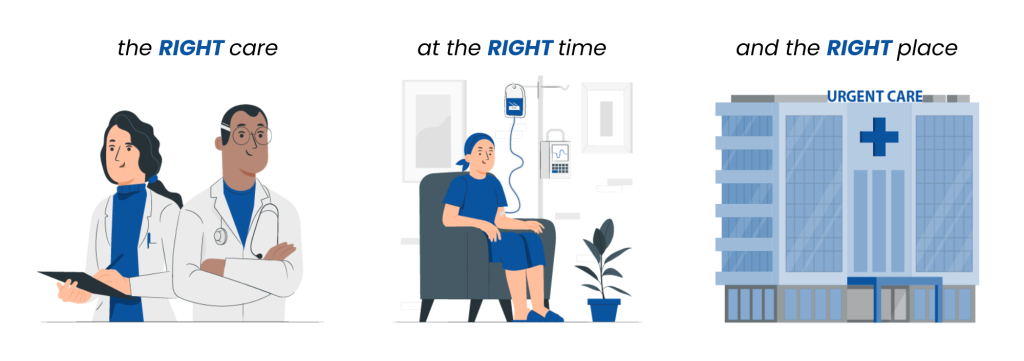Groundbreaking clinical innovation is taking hold in agencies from Georgia to California as EMS providers increasingly carry and administer whole blood in the field. What once seemed like an aspirational extension of military medicine is quickly becoming a realistic option for civilian agencies, bringing hospital-grade trauma care directly into the prehospital environment.
The positive impact on patient survival rates is measurable. Still, launching a whole blood program isn’t simply a clinical decision. It’s a structural, financial, and organizational commitment that requires coordination at every level. Agencies exploring the idea often find themselves inspired by the lifesaving potential but overwhelmed by the operational and fiscal realities that accompany it.
Setting the Standard: Ventura County’s Whole Blood Program
At Digitech’s inaugural Frontlines and Bottom Lines EMS Innovation and Monetization Summit in Costa Mesa, California, presented in partnership with First Due and Bound Tree, attendees heard a firsthand whole blood case study from the Ventura County Fire Department.
VCFD Whole Blood Program Manager Edward Campana described a multi-year planning process that involved his agency, the Ventura County Medical Center, Vitalant blood donation services, and Ventura’s EMS agency. Together, the stakeholders collaborated to develop cohesive policies, training, and oversight. Crews participated in simulation-based competency evaluations and refrigeration systems were rigorously tested. The program officially launched in April 2025, and to date, VCFD has completed 26 field transfusions with no complications.
Ventura County’s success is rooted in multiple, mutually reinforcing factors. Every case undergoes interdisciplinary QA review, and quarterly data reviews track usage patterns, reaction rates, wastage, and patient outcomes, allowing continuous refinement of both protocols and training. On a logistics level, cold chain integrity relies on validated refrigeration and strict rotation cycles, while continued education focuses on simulations to ensure readiness for relatively infrequent situations. Future plans include enhanced public messaging to educate community members and promote local blood drives.
Financial Sustainability: The Reimbursement Factor
While whole blood programs clearly improve patient survival rates, they also introduce ongoing costs that agencies must be prepared to sustain. The reimbursement pathways for whole blood programs are currently narrow. Medicare allows the use of blood products in EMS to qualify reimbursement from an ALS level to an ALS2 level. Some agencies have begun evaluating adding a supplemental charge to allow additional reimbursement for these expensive products from Commercial health insurers.
An important aspect of tracking the usage of blood products is standardized documentation templates embedded in ePCR systems. Through specific prompts, responders can support whole blood rationale by linking the intervention to the patient’s clinical condition, vital signs, shock indicators, and reason for transfusion.
Tracking cost and outcome data is important since there is increased discussion on tying reimbursement to patient outcomes. Given the drastic improvement in patient outcomes when whole blood is utilized in the pre-hospital setting, this is an area EMS agencies can utilize to make the case for additional reimbursement.
Key Considerations for EMS Leaders
For agencies considering a whole blood program, the main takeaway is that operational workflow requires a substantial investment, but that investment brings a substantial benefit to trauma patients in urgent need of blood. Ventura County is a prime example of what is achievable when a program aligns clinical infrastructure, hospital and blood bank partnerships, training and QA programs. They are just now beginning to explore a billing strategy that provides some financial support. With these factors in place, agencies are positioned to set new standards in prehospital trauma care while seeking revenue that supports it.



